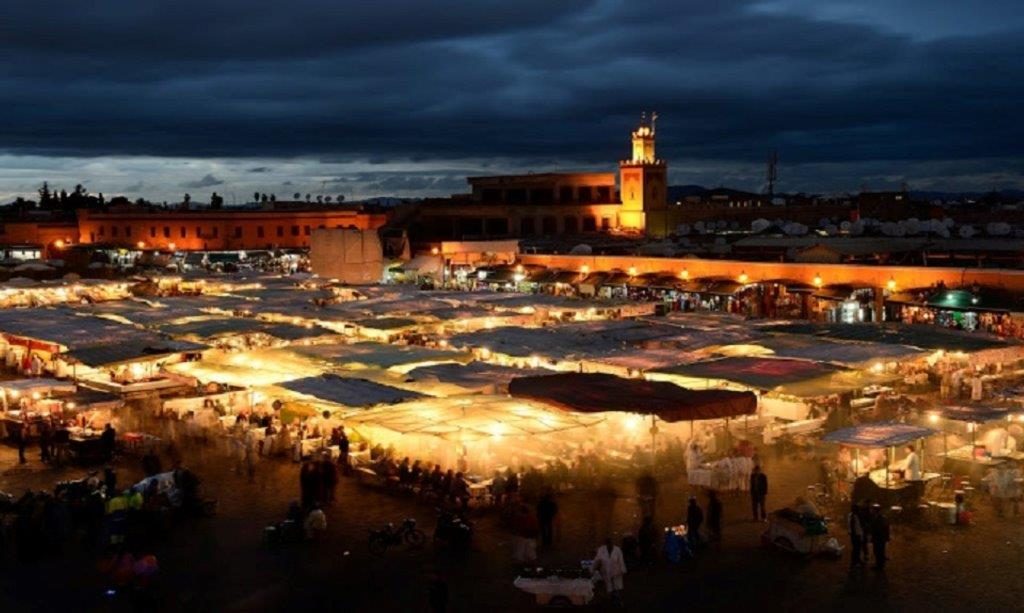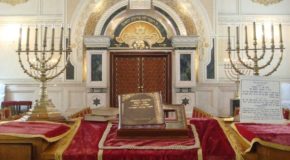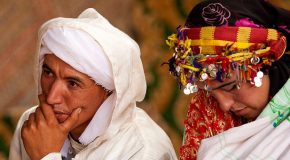Jemaa el Fna Square
Jemaa el-Fna is the first point of arrival! A huge square that changes its face as the hours go by on. Silent in the early morning, the Koutoubia that stands out right in front, the hills that surround it, the first people walking. When the time’s goings on, the square comes alive, are set up some banquets, where in the evening will be prepared the best dishes of Moroccan cuisine: tajine, couscous, brochettes, olives in all sauces, snails, soups, grilled fish, grilled meat … a varied choice that you can not give up. Behind the square, the great Souk of Marrakech, with its alleys characterized by the division by products: lamps, babouches, bags, turbans, jewelry … an infinite number of local handicrafts, not least the district of weaving, more deflated, because of the smell of tanned leather.
The main character in the square is the music: the music coming from the banquets, the music played by the many musicians, the sound of the instruments of the water vendors … in Jemaa el Fna Square you can not hear yourself alone!













